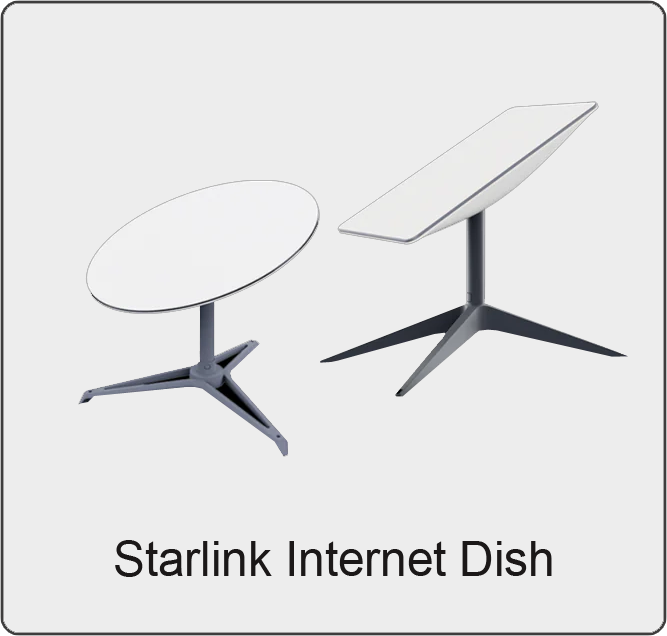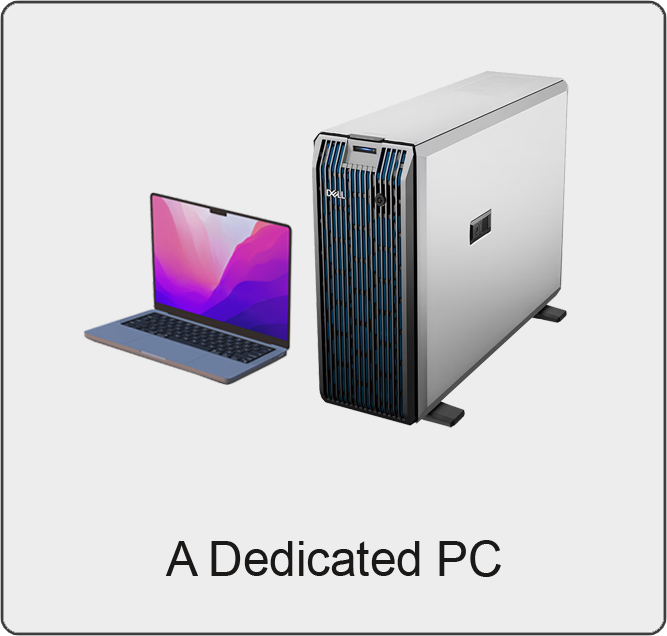Satellite-node infrastructure


The Post Quantum Network’s satellite-based infrastructure is a game-changer for blockchain technology. By utilizing satellite nodes, the network ensures rapid and secure global transactions, sidestepping the limitations of conventional internet infrastructure. Post Quantum Network’s satellite-based network ensures uninterrupted operations even in the face of extreme conditions. Whether you’re in a remote location or facing infrastructure challenges, the Post Quantum Network remains resilient and reliable because it does not rely on the Internet submarine cable.
How it works
The Post Quantum Network $PQCN consists of two types of nodes: Full Node and Light Node. Full-node operators require a Starlink Internet Dish and a dedicated PC or server to run the node 24/7. In contrast, Half Node operators can participate without a Starlink Dish by operating a dedicated PC only.
The benefits of joining the Post Quantum Network are numerous.
- Earn a Steady Income: Node operators can earn between $0.90 and $2.40 per hour in stablecoins such as USDT and USDC, depending on the node type. This provides a consistent revenue stream, regardless of market fluctuations.
- Contribute to a revolutionary technology: By running a node, you become part of a groundbreaking blockchain network that is reshaping the blockchain industry.
- Enjoy Operational Continuity: The satellite-based infrastructure ensures that $PQCN transactions are always secure and accessible, even in challenging environments.
The future of blockchain
The Post Quantum Network’s innovative approach has the potential to revolutionize various industries, from finance and supply chain management to decentralized applications. By combining the power of satellite technology with blockchain, Post Quantum Network is creating a more resilient, scalable, and secure blockchain for the future.
Contractual Terms and Transition
Fixed contracts, lasting either 5 or 10 years, bind all node operations. When these contracts expire, new operators will join the network, ensuring a dynamic and evolving ecosystem. This contractual framework ensures stability and consistency in network performance while providing opportunities for fresh contributions and innovations.
